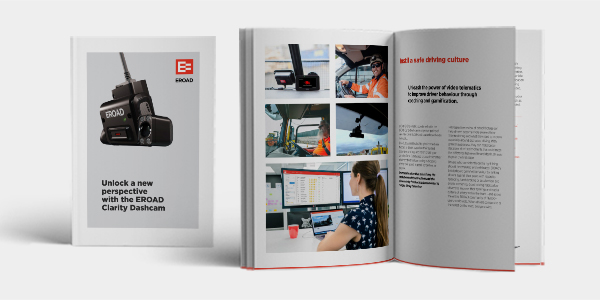5 ways video telematics improve fleet management
5 ways video telematics improve fleet management
Telematics, a portmanteau of “telecommunications” and “informatics,” provides a wealth of data about a vehicle and its driver, storing that data in the cloud and sharing it with fleet managers.
As technology advances, the field of telematics continues to evolve. Previously providing only locational information via GPS, telematics systems have become increasingly sophisticated, offering real-time information on speed, distance travelled, braking behaviour, and vehicle diagnostics including oil pressure and engine temperature.
Logically, video telematics are the next frontier.
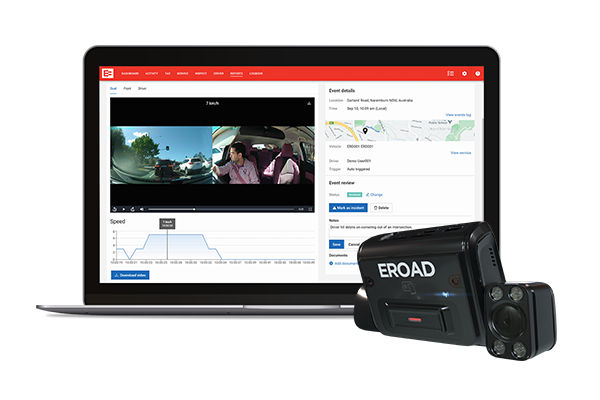
What are video telematics?
As you may have guessed, video telematics employ a dashboard camera to add a visual dimension to telematics functionality. While other telematics features provide quantitative information, a dashcam provides qualitative information – that is, data that is descriptive, conceptual, and not expressed using numbers.
With a dual-facing dashcam, you can see driver behaviour before, during, and after a vehicle incident and get a read on external factors, including road conditions and the behaviour of other vehicles. When that dashcam is integrated with your telematics system, you have video telematics, the combination of video data, cloud technology, and vehicle data. Video telematics give you data insights plus the clarity and context you’ve been missing. Before, you had the who, what, where, and when of any activity or incident. Now you have the how and why.
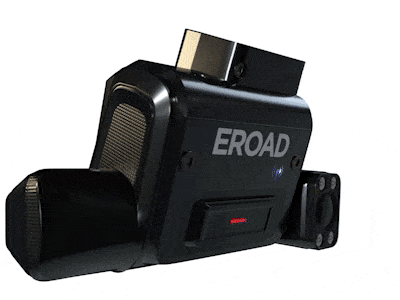
What do video telematics mean for your business?
The ability to store, access, and share video and vehicle data in real time using a high-speed wireless network allows fleet managers and business owners to identify areas for improvement, from fuel efficiency to fleetwide scheduling to safety. Using these insights, you’ll be able to protect your assets, increase operational efficiency, and deliver better customer service, all of which contribute to a healthier bottom line.
With video telematics, you have all the vehicle and user data provided by telematics plus the ability to monitor and review in-cab behaviour as well as what’s going on outside. Telecommunications, vehicular technologies, and electronic sensors comprise the telematics ecosystem and can tell you things like date, time, engine hours, vehicle miles, odometer reading, driver identity, driver and cargo status, and distance between the vehicle and other objects. All of this can be used to better manage assets – vehicles and people – to ensure service is efficient yet safe and cost-effective.
GPS tracking in particular can pinpoint real-time vehicle location, speed, and activity within geofences, virtually drawn zones, usually around work sites. In Australia, fuel tax credits (FTC) are a useful application of geofencing, which tells you when a vehicle is off-road so that you can claim a higher rebate rate – 2.5 times the standard on-road rate, or $23 more per 100 litres of fuel. By using telematics to accurately and automatically document your fuel use, including fuel used to power auxiliary machinery, you can maximise your FTC rebate and reinvest that money in your business. And if you use contractors you pay by distance travelled, you’ll have an accurate odometer reading, not a driver estimate, that will likely save you even more money.
Is your driver driving defensively or offensively?
As you can see, GPS telematics can tell you a lot and help improve driver behaviour. Next-generation telematics devices like EROAD’s Ehubo2 log speeding, idling, and harsh steering and braking events while providing instant feedback for driver awareness and self-correction.
Not all logged events are the consequence of bad driving, however. Some are actually indicative of defensive driving – action taken to avert a more serious outcome, such as when a child suddenly runs onto the road. With video captured by an integrated dashcam, you’ll know the difference. In-vehicle cameras like the dual-facing EROAD Clarity Dashcam provide objectivity and context for any driving incident, which can have profound implications for any fleet business.
Here are five reasons your business needs video telematics:
1. Incident reduction
No one wants to have an accident. Accidents cost time, money, and loss of property, productivity – or even life. Clearly, the fewer vehicle incidents, the better. Visual monitoring encourages driver compliance with safe driving habits and company policies, preventing incidents caused by distracted or reckless behaviour.
Telematics without video would tell you only who, where, when, and what – but not how or why. While this information is certainly valuable for incident reduction, it won’t prevent accidents caused by qualitative behaviours, such as texting or changing the music. Video telematics can help you get your incident rate as low as possible.
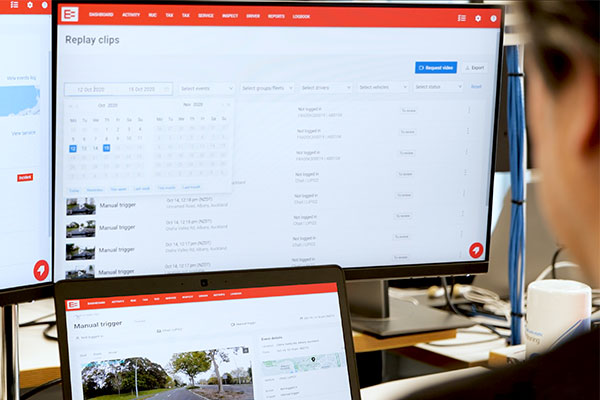
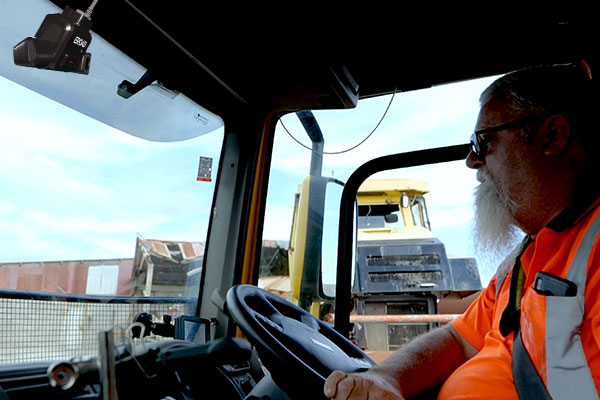
2. Driver exoneration
In the event of an accident, you’ll have objective visual proof of the facts. Without video telematics, it’s your word against theirs. Again, you’ll be missing evidence of how and why the accident happened, making it difficult to determine who is at fault.
Given that 80 percent of fatal vehicle accidents involving trucks are actually caused by other motorists and truck drivers aren’t usually the ones killed, it’s in every fleet operator’s best interest to safeguard themselves from financial and legal liability. In the United States, a single “nuclear verdict,” where a jury awards damages over $10 million, can easily put a trucking company out of business. Even if accidents cost you far less than that, why pay for any your driver didn’t cause? With video telematics, you’ll have a clearer picture of liability.
3. Reduced insurance costs
In some countries, discounts are given to fleets with telematics. In fact, some insurers won’t cover transport fleets until they get telematics installed. From a risk reduction perspective, the more your telematics can do, the better. Monitoring driver behaviour with video telematics increases safety compliance, which leads to fewer incidents, which leads to fewer claims. Fewer claims mean a better risk profile and lower premiums as a knock-on effect.
Ask your broker about any programmes that incentivise safe driving – they’re growing in number all the time. Also be sure to review your company’s risk profile with your broker every year, to factor in any improvements made that may qualify you for a lower.
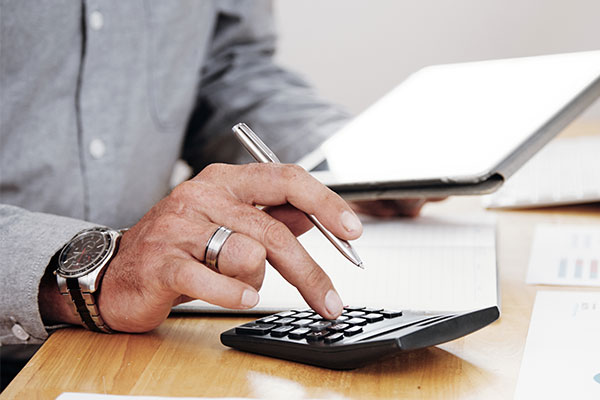
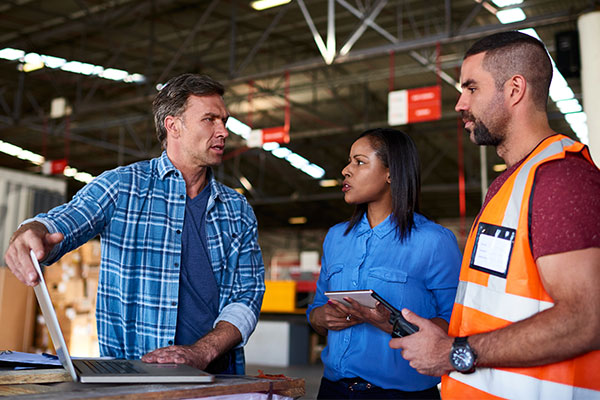
4. Risk reduction
Every business operator must meet health and safety standards, and owners of truck fleets are no different. In Australia, supply chain business operators are legally responsible for creating a safer workplace culture. The Chain of Responsibility mandates that employers and customers take steps to eliminate or reduce potential harm or loss (risk) to drivers, thereby allowing them to operate more safely.
Having your fleet outfitted with video telematics, the current gold standard in trucking technology, demonstrates ahead-of-the-curve compliance and gives your business’s image a significant boost. You’ll be known as a company that prides itself on safety, service, and forward thinking. As time marches on, we can expect the widespread adoption of video telematics to become standard, if not required, for risk reduction.
5. Driver behaviour coaching
People learn best by example, including examples of what not to do. Video footage is a compelling learning tool for raising awareness, examining cause and effect, and motivating real, lasting change. Examples of commendable driving, including defensive driving, should also be shared with your team so they can see what good driving looks like. When you pair video coaching with EROAD’s Leaderboard feature, which ranks users on their speed, braking, and steering behaviour, you can spark healthy competition and even reward your best drivers.
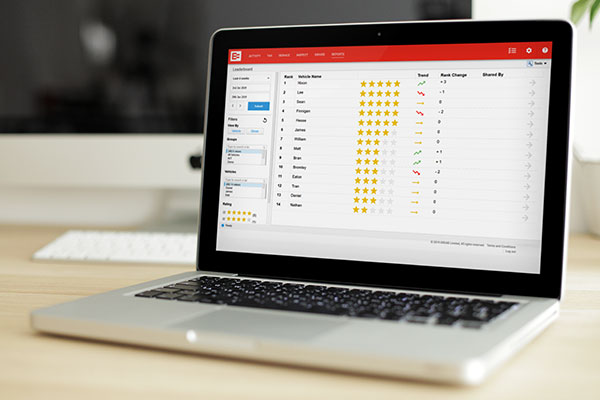
The Road Ahead
Technology is evolving all the time, and so should you. One in 5 Australian drivers now use a dashcam in their vehicle, more than half of whom purchased it within the last 12 months. Of this number, 83 percent got it for insurance purposes. And this is across all drivers!
It’s clear that video telematics are here to stay and that the rich data that they provide can only improve health and safety compliance.

